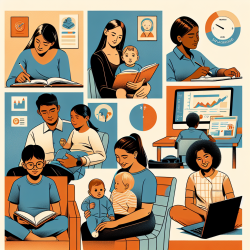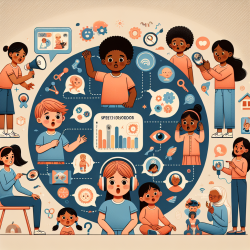Introduction
Child maltreatment is a significant global issue that can lead to severe psychological and emotional consequences. However, not all children exposed to maltreatment succumb to these negative outcomes; some exhibit resilience. The recent systematic review titled A Systematic Review of Community-Level Protective Factors in Children Exposed to Maltreatment provides valuable insights into how community factors can foster resilience in maltreated children. This blog aims to help practitioners enhance their skills by understanding and implementing the findings of this research.
Understanding Resilience
Resilience is defined as the ability to adapt positively in the face of adversity. Traditionally, resilience studies have focused on individual and familial factors, but this review shifts the focus to community-level protective factors. By understanding these factors, practitioners can better support maltreated children in their journey towards resilience.
Key Community-Level Protective Factors
The review identifies six key community-level protective factors that can enhance resilience in maltreated children:
- School Environment: A positive school climate and strong school connectedness are associated with better psychological outcomes.
- Informal Support from Adults: Support from non-family adults, such as teachers or community leaders, can provide emotional stability and guidance.
- Extracurricular Activities: Participation in sports, clubs, or other organized activities can foster a sense of belonging and competence.
- Neighborhood Quality: Safe and supportive neighborhoods contribute to positive developmental outcomes.
- Community Services: Access to health and social services can mitigate the adverse effects of maltreatment.
- Child Protection Services: Stability in foster care placements and supportive caseworker relationships are crucial for resilience.
Implications for Practitioners
Practitioners working with maltreated children can leverage these community factors to enhance their interventions. Here are some practical steps:
- Collaborate with schools to create a supportive and inclusive environment for all students.
- Encourage the involvement of non-family adults in the child’s life, such as mentors or coaches.
- Promote participation in extracurricular activities that align with the child’s interests and strengths.
- Advocate for safe and resource-rich neighborhoods through community engagement and policy initiatives.
- Facilitate access to community services that provide psychological and emotional support.
- Work with child protection services to ensure stable and supportive placements for children in foster care.
Encouraging Further Research
While the review highlights significant community factors, it also underscores the need for further research. Practitioners are encouraged to contribute to this field by:
- Conducting longitudinal studies to better understand the dynamic nature of resilience.
- Exploring the impact of community factors across diverse cultural and socioeconomic contexts.
- Developing standardized measures to assess resilience and community factors.
Conclusion
By focusing on community-level protective factors, practitioners can play a pivotal role in fostering resilience among maltreated children. These efforts not only benefit individual children but also strengthen the broader community. As we continue to learn more about resilience, it is crucial to integrate these insights into practice to create supportive environments for all children.
To read the original research paper, please follow this link: A Systematic Review of Community-Level Protective Factors in Children Exposed to Maltreatment.










